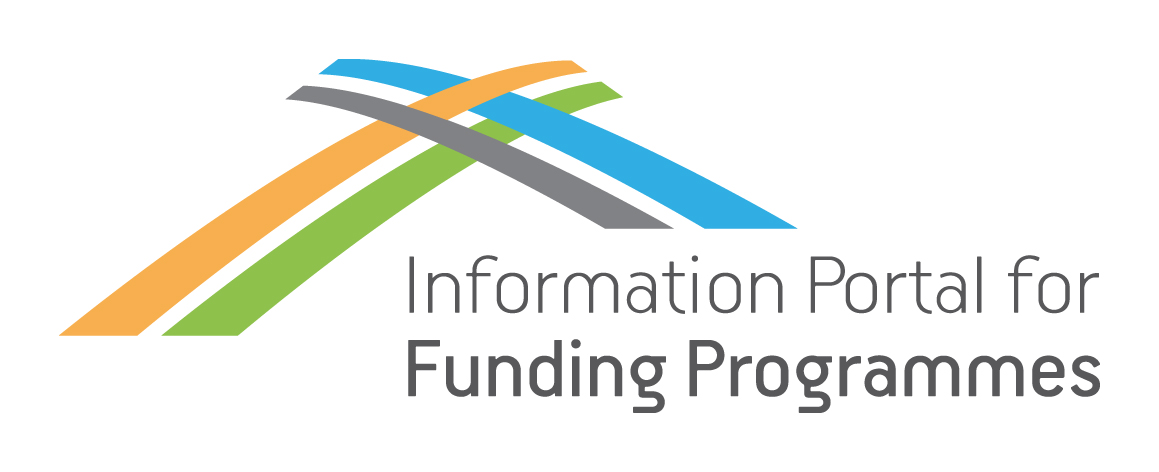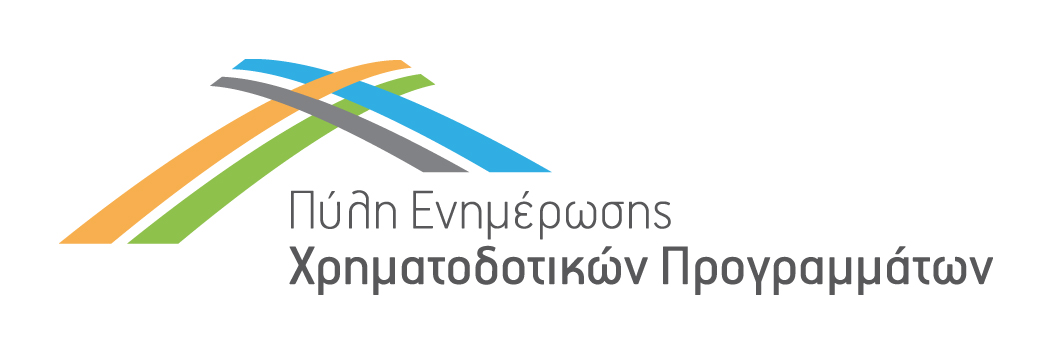Programme Category
Programme Name
Programme Description
The Clean Hydrogen Joint Undertaking or Clean Hydrogen Partnership is a unique public-private partnership supporting research and innovation (R&I) activities in hydrogen technologies in Europe. It builds upon the success of its predecessor, the Fuel Cells and Hydrogen Joint Undertaking.
Identifier Code
Call
Summary
The scope of this flagship topic is to develop and demonstrate a small-scale Hydrogen Valley. It could demonstrate a combination of technologies either in existing and/or new markets for clean hydrogen, especially when applications are used in symbiose with each other. Proposals should demonstrate innovative approaches at system level: systemic and synergetic integration of hydrogen production (not restricted to electrolysis), distribution and end-use technologies. Proposals may also investigate interoperability, cause-effect stability of the overall system. Technologies demonstrated should be state-of the-art following technological developments previously funded by (but not limited to) the Clean Hydrogen Partnership.
Detailed Call Description
Proposals should respond to the following requirements:
- Production of at least 500 tonnes of clean hydrogen per year using new hydrogen production capacity (at least for the last 2-years of project demonstration). Due to the large volumes of hydrogen involved, production plants may be distributed across the territories involved but should share common hydrogen supply infrastructure;
- Use of the hydrogen produced to supply one or more end sector or application in the energy, industry, and transport sectors;
- Monitoring and assessment activities including at least two years of operations;
- Provision of a clear, professional, and ambitious communication plan to ensure high visibility to the public including clear, measurable, and ambitious Kery Performance Indicators (KPI);
- Demonstration of how hydrogen enables sector coupling, allows for example H2 storage and/or large integration of renewable energy and provides an optimum techno economic solution for the decarbonisation of the activities in the geographical area being addressed;
- Reduction of the carbon emissions and impact on air quality related to the end-uses compared to incumbent technologies;
- Demonstration of how financial viability is expected to be reached after two years of operation.
Proposals should also:
- Provide concrete project implementation plans with a clear calendar, defining the key phases of the implementation of the action (i.e., preparation of the specifications of equipment, manufacturing, permitting, deployment, and operation) and their duration;
- Provide a funding plan to ensure implementation of the project in synergies with other sources of funding. If no other sources of funding will be required, this should be stated clearly in the proposal, with a commitment from the partners to provide own funding. If additional sources of funding will be required, proposals should present a clear plan on which funding programmes at EU and/or national levels will be targeted. In these cases, applicants should present a credible planning that includes forecasted funding programmes and their expected time of commitment;
- Clearly and coherently present the Hydrogen Valley (across the whole value chain including hydrogen production, distribution and storage and end uses) including the investments/actions supported directly by this topic as well as other investments/actions supported by other funding /financing sources which are part of the hydrogen valley to be deployed and demonstrated in line with the topic requirements;
- Provide evidence of the commitment and role of public authorities (Member States, Regions, and Cities) and of any other necessary stakeholders (e.g. hydrogen off-takers) at least in the form of Letters of Intent (LOI). The practical implementation of these LOI will be followed during the Grant Agreement implementation;
- Provide a preliminary ‘hydrogen safety planning and management plan’ at the project level, which will be further updated during project implementation;
- Ensure coverage of aspects such as replicability and (cross-border) cooperation between regions to facilitate transfer of knowledge across the EU with a focus on fostering replication of Hydrogen Valleys elsewhere;
- Demonstrate how synergies with existing hydrogen demonstration projects or hydrogen valleys will be ensured especially when it comes to skills and know-how exchange;
- Provide a scalability analysis that includes the broader energy system showing how the valley is expected to grow, where applicable;
- Highlight sustainability aspects in their description.
The costs for the construction and commissioning phase of the hydrogen production technologies including connection (e.g connection to the electricity grid, electricity costs) and other hydrogen infrastructure (e.g HRS, storage, pipelines, etc) may be funded while costs of renewable energy plants (e.g., PV or wind plant) or related costs for operation of the Hydrogen Valley (e.g., electricity for electrolysers) will not be funded. The costs for the development, construction and commissioning phase of the hydrogen infrastructure (e.g. electrolysers, HRS, etc.) including connection costs (e.g. connection to the electricity grid). Costs of renewable energy plants (e.g., PV or wind plant) or related costs for operation of the Hydrogen Valley (e.g., electricity for electrolysers) are not eligible for funding.
Proposals are expected to demonstrate the contribution to EU competitiveness and industrial leadership of the activities to be funded including but not limited to the origin of the equipment and components as well infrastructure purchased and built during the project. These aspects will be evaluated and monitored during the project implementation.
It is expected that Guarantees of origin (GOs) will be used to prove the renewable character of the hydrogen that is produced/used. In this respect consortium may seek out the issuance/purchase and subsequent cancellation of GOs from the relevant Member State issuing body and if that is not yet available the consortium may proceed with the issuance and cancellation of non-governmental certificates (e.g CertifHy).
Call Total Budget
Financing percentage by EU or other bodies / Level of Subsidy or Loan
Expected EU contribution: €9.000.000
Thematic Categories
- Energy
- Environment and Climate Change
- Research, Technological Development and Innovation
Eligibility for Participation
- Other Beneficiaries
- Researchers/Research Centers/Institutions
Eligibility For Participation Notes
At least one partner in the consortium must be a member of either Hydrogen Europe or Hydrogen Europe Research.
Call Opening Date
Call Closing Date
EU Contact Point
Email: info@clean-hydrogen.europa.eu
Phone number: +32 22218148
Postal address: Avenue de la Toison d’Or 56-60, 1060 Brussels, Belgium




